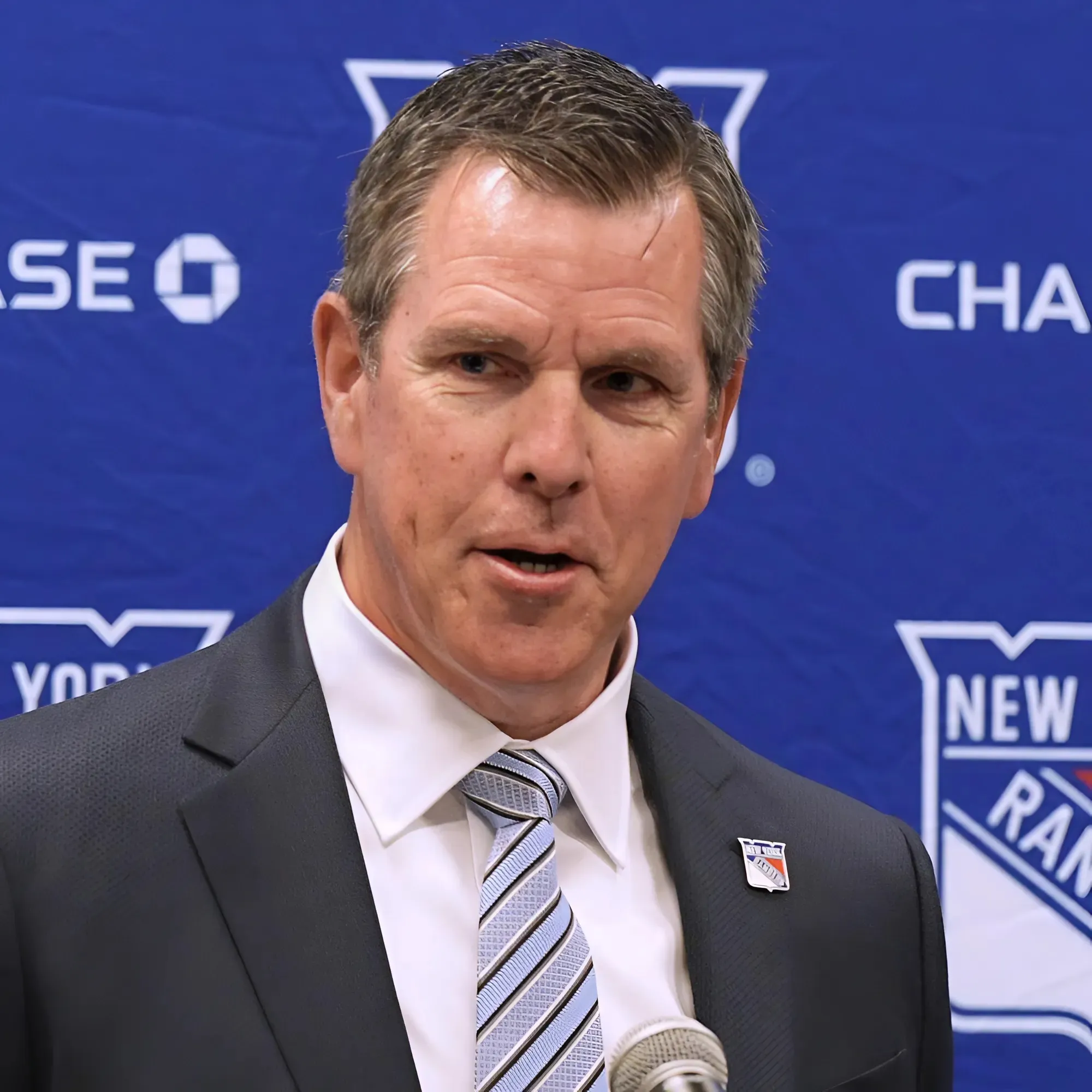Nathan MacKinnon and Mikko Rantanen (Jerome Miron-Imagn Images)
The Colorado Avalanche began and ended the 2024-25 NHL season on a low note.
They came out of the gate 13-12-0 and ended their year losing to the Dallas Stars in a first-round Game 7 where they held a lead for much of the game. But in between those competitive valleys, the Avalanche remade their roster about as radically as any team this season.
“You look at where we were the last few years, we weren’t good enough – we weren’t deep enough,” Sakic told media Tuesday. “This stings not because Mikko is on the other side, it stings because…we were close…We felt we had the team to move on and really compete.”
It’s difficult to argue with Sakic’s rationale for the Rantanen trade. The Avalanche could’ve been a top-heavy team, with three highly paid stars in Rantanen, center Nathan MacKinnon and defenseman Cale Makar.
Instead, Colorado wound up with very good right winger Martin Necas, center Jack Drury and trade deadline acquisitions Brock Nelson, Ryan Lindgren and Charlie Coyle. Considering that the Avalanche went 21-10-2 after the Rantanen trade, you can see why Sakic and Avs GM Chris MacFarland chose to move Rantanen and make their roster deeper.
The Avalanche aren’t the only team forced into this kind of financial crossroads, and other teams have chosen to build their team differently. Certainly, the Toronto Maple Leafs have famously built around their ‘Core Four’ of star forwards Auston Matthews, Mitch Marner, John Tavares and William Nylander. And consequently, they’ve had no choice but to pay much of the rest of the roster a relative pittance to stay under the cap ceiling.
The moves have led to the Maple Leafs getting into the second round of this year’s playoffs, but if Toronto gets eliminated by the Florida Panthers in the rest of the second round, there will be calls for Leafs management to abandon their current team structure and go the way the Avalanche have gone with their financial pyramid.
The Avalanche’s cap space this summer will permit them to potentially bring back Nelson or Lindgren and pay another mid-tier player or two to fill out their lineup. That means Sakic and MacFarland made the right move, and with a full season of a more balanced roster and the return of captain Gabriel Landeskog, the Avalanche may have a better record next year. That may lead to a longer playoff run for them next spring.
If that’s the way it plays out for them in 2025-26, it will be because Avs management had the stones to swing big in the trade department this year. The Rantanen deal didn’t work out perfectly, but in the long-term picture, moving away from a top-heavy lineup was the best thing for the Avalanche to do.



